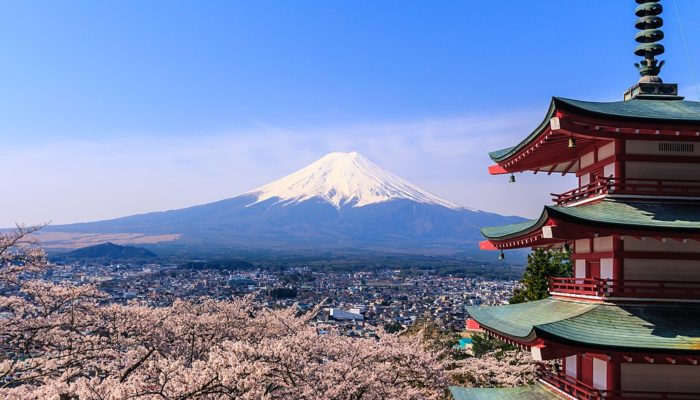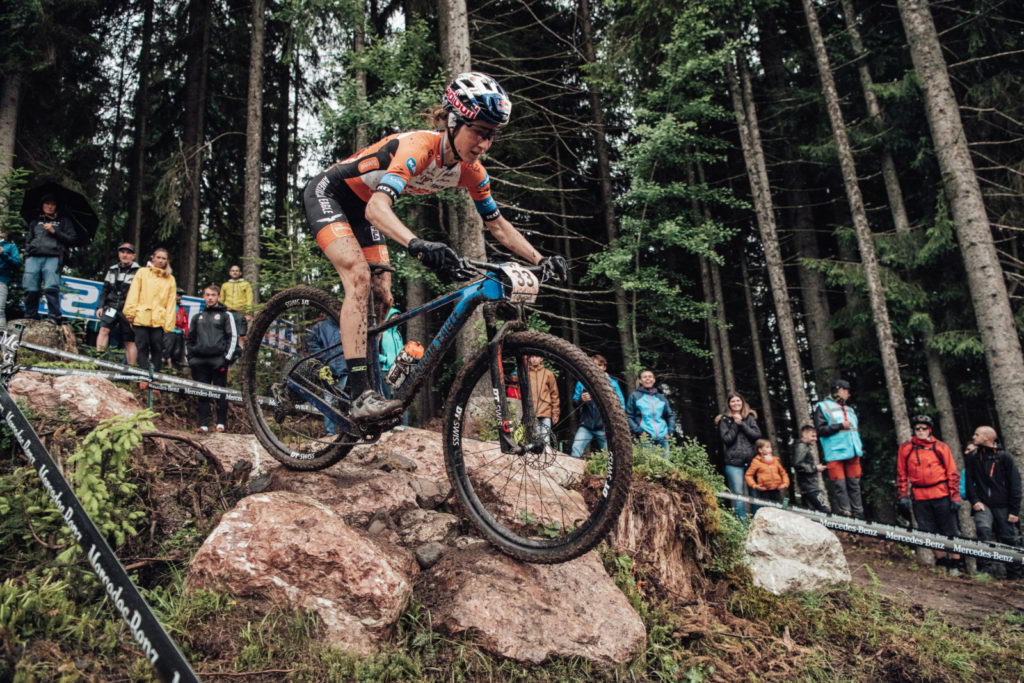
Over the last few days the best athletes in the world have been descending on Japan for the long anticipated Tokyo Olympic Games, and it’s going to be a special and spectacular event. The Olympics have a long and rich history, and from their very inception have been influenced by geology, whether it’s earthquakes affecting venues or geological processes creating the very terrain athletes will be competing on. Read on and discover some of the surprising geology links to the 2021 Olympic games!
The original Olympics
We can’t talk about the Olympics without looking at the origins of the games, and the geology behind the name.
Olympia was the home of the Olympics in ancient Greece, where athletes would meet every four years to pit their skills and stamina against each other in various events. Said to have begun in 776BC, there’s still some discussion about the actual start date of the ancient Olympics, and there are records of regular athletic events going back much further in time through Egypt, Mesopotamia, and the Minoan and Mycenaean cultures.
Sports that were regularly featured included wrestling, discus, boxing, chariot racing, running, javelin throwing and long jump.
Olympia wasn’t a town or city; it was a religious site dedicated to Zeus, and named for Mount Olympus, the highest mountain in Greece and legendary home of the gods. Located at the confluence of two river deltas, Olympia was the home of the Games for hundreds of years but due to its location was prone to floods and earthquakes. The subduction of the African plate under the Aegean or Hellenic plate is the source of these earthquakes, which frequently caused significant damage to the site, including the destruction of the Temple of Zeus around 426AD.
Mount Olympus itself, which is actually a massif consisting of a number of peaks and plateaus, has a far older history. Composed of uplifted metamorphosed limestones laid down in shallow seas in the Triassic, Cretaceous and Palaeogene, subsequent glacial activity has carved sharp peaks, steep-sided valleys, and deposited glacial materials on the peaks and along the valley floors.
Ancient sports
As a plentiful material, it’s little wonder there was plenty of rock featured in the ancient olympics though it was mostly confined to the construction of arenas and venues. Within the competitive arenas, rock pillars were used to mark out distances for running events, and stone blocks with ridges cut out were the ancient equivalent of the modern starting blocks for sprinters.
The discus, one of the longest-running Olympic events, was itself originally made of stone though the exact type or types of stone used has been lost in intervening period and it was later made of bronze.
Stone was also a popular method of commemorating the achievements of athletes, who would have their likeness carved in marble – though bronze was also often used as it evoked the sense of tanned, muscular skin.
Geology at the modern Tokyo Olympics
While the discus might no longer be made of stone, there’s still plenty of rock at Tokyo 2021.
One obvious sport that relies on geology is cross-country mountain biking, which sees riders tackle a tricky, technical off-road route up and down a steep mountainside. The course includes features like the appropriately named rock-gardens; a jumble of boulders and rocks either placed there by course makers or a natural feature that the course has been routed to include. For 2021, the Olympic course is located on the Izu peninsula. This mountainous region was formed by volcanic activity linked to the two subduction zones the peninsula is sandwiched between – Suruga in the West and Sagami in the East – the terrain is dominated by eroded volcanic craters, with uplifted marine sediments.

Rock ‘gardens’ like this will feature on the Tokyo 2021 cross-country MTB track, though hopefully without the mud… (Credit: Bartek Wolinski/Red Bull Content Pool)
What does this mean for the mountain bikers? Hopefully it means tough grippy rock that won’t go slippery if it gets wet, but that might feature sharp crystalline elements that might just slice through a tyre or two.
On the upside, the region’s rich geological past also means plenty of hot springs which will be a welcome relief for tired athletes after their events!
It would also be impossible to not include the famous stratovolcano Mount Fuji in any discussion about Japan, and it’s got a starring role! It’s going to feature in the Olympics itself as the star of the Olympic Road Cycling Race with riders completing a tough climb and descent on its slopes.
Fuji’s iconic shape with gently sloping flanks and conical form is a product of its provenance, with fluid basaltic lava erupting as a liquid or tephra and building layer upon layer. This makes for a challenging but manageable 6% incline on the roads snaking up it that the road race will take place on, which is mild when compared to the famous Alpe D’Huez road climb with an average gradient of 8%. It provides both the terrain and a stunning backdrop to what will be another exciting Olympic event.
Earthquake design
Since Japan is a very tectonically active country, it has a wealth of experience in mitigating the effects of earthquakes through careful building design. So while you’re watching athletes compete in vast arenas, you can rest assured that should an earthquake strike, the buildings will stay very much upright and relatively undamaged, unlike their ancient counterparts in Ancient Greece!
So sit back, relax, and while you’re watching the best athletes in the world compete, ponder the millions of years of geological history and earth-shattering tectonic processes that have formed that beautiful landscape.
